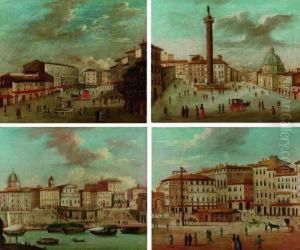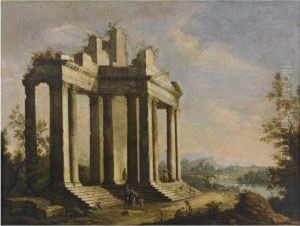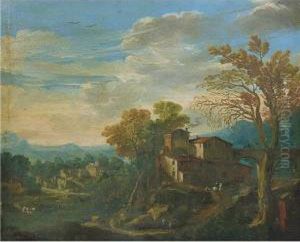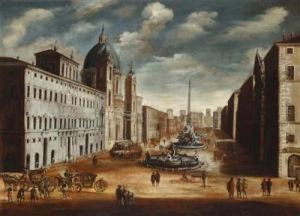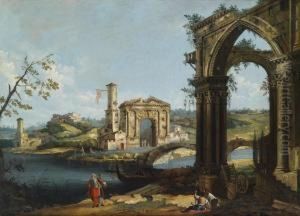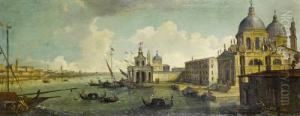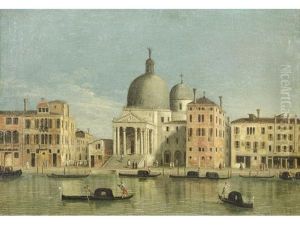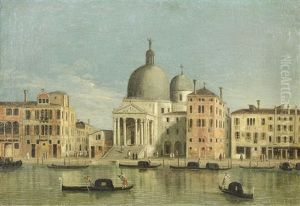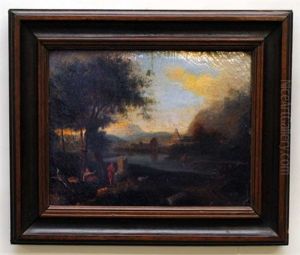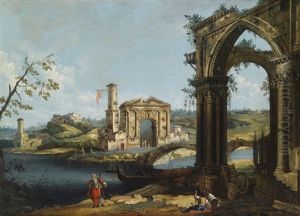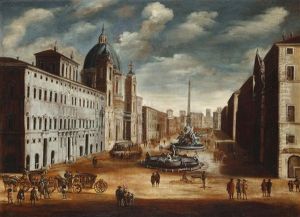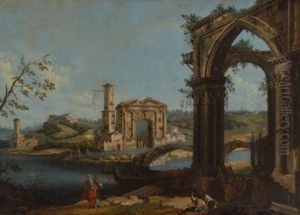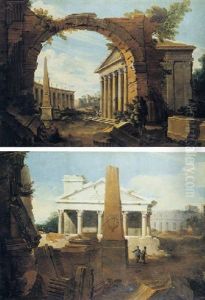Gaetano Vetturali Paintings
Gaetano Vetturali was an Italian architect and designer, primarily remembered for his contributions during the late Baroque and Neoclassical periods. He was born in 1753 in Lucca, a small city-state in Tuscany, which during Vetturali’s lifetime was a hub of cultural activity and architectural innovation. Vetturali's work is often characterized by the transition from the ornate aesthetics of the late Baroque to the more restrained and classical elements of Neoclassicism.
Vetturali was educated in his hometown and likely received training from local artists and architects. His career spanned a period marked by significant political and cultural changes, including the Enlightenment and the Napoleonic Wars, which influenced the arts throughout Europe, including Italy. He worked on a variety of projects including public buildings, private residences, and urban planning. His designs emphasized symmetry, proportion, and the use of classical elements such as columns and pediments, reflective of the Neoclassical style that was becoming increasingly popular during his lifetime.
One of Vetturali's significant contributions was in the city of Lucca itself, where he worked on the Palazzo Ducale, the residence of the ruler of Lucca. He was also involved in the design and construction of other important structures in the region, contributing to the architectural landscape that we see today. His works may not be as widely recognized as those of his contemporaries, but they nonetheless represent an important link in the evolution of architectural styles between the Baroque and Neoclassical periods in Italy.
Gaetano Vetturali passed away in 1825. While specific details about his life and impact may be less documented compared to more renowned architects of his time, his architectural legacy remains part of the historical fabric of Tuscany. His buildings and designs continue to be studied and appreciated for their elegance and historical value, contributing to our understanding of the period's aesthetic transitions and cultural context.
